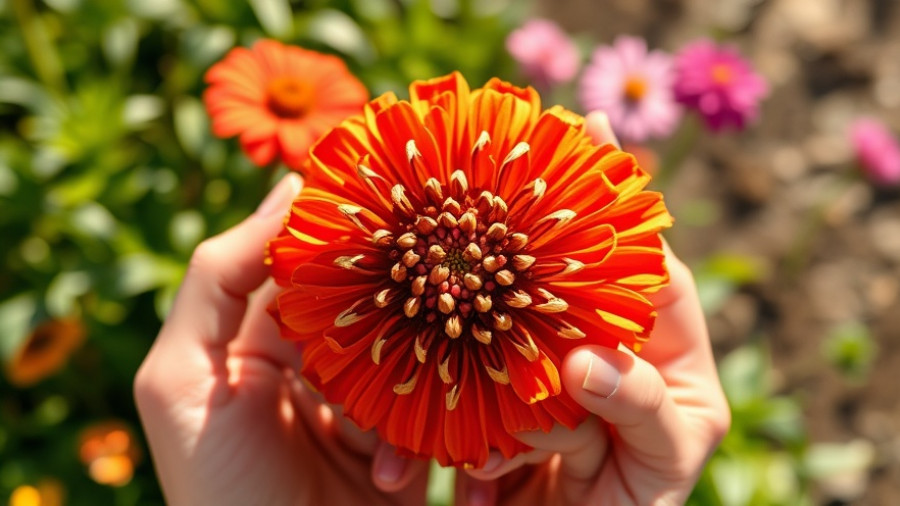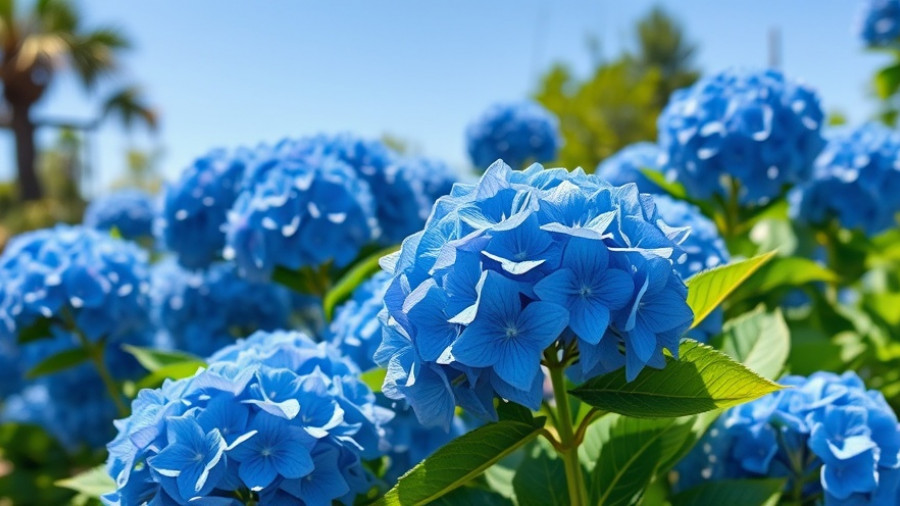
Choosing Dog Pee-Proof Plants for a Thriving Yard
As dog owners, creating a beautiful garden that can withstand the inevitable wear and tear from our furry friends can feel like a daunting task. With strategic planning and the right selection of plants, it is possible to cultivate a vibrant outdoor space that coexists harmoniously with our pets. In this guide, we'll explore eleven resilient plant options that can withstand dog urine, helping you achieve a stunning and dog-friendly landscape.
The Impact of Dog Urine on Gardens
Understanding how dog urine affects plants is crucial for maintaining your garden's health. Dog urine contains high levels of nitrogen and salt, both of which can be detrimental to sensitive plants. Male and female dogs can produce harmful toxins that burn foliage and stifle growth. This makes it essential to choose plants that can tolerate these conditions—especially for those whose yards might see frequent canine traffic.
Top Dog Pee-Proof Plant Recommendations
Here are some ideal choices that can withstand the pressure of an active canine lifestyle:
- Creeping Phlox (Phlox stolonifera): With its colorful blooms and dense foliage, creeping phlox is a fantastic groundcover. This plant thrives in full sun and partial shade, and its hardy nature makes it resistant to urine damage.
- Sedum spp.: Known for its ability to thrive on neglect, sedum handles heat, drought, and salty conditions exceptionally well, making it an excellent choice for low-maintenance gardening.
- Common Reed (Phragmites australis): This resilient reed can grow in damp conditions and withstand harsh environmental factors.
- Barberry (Berberis): With a tough exterior and attractive foliage, barberry is a deer-resistant and resilient option for any dog-friendly garden.
- Thyme (Thymus spp.): Low-growing and flavorful, thyme is perfect for borders and requires minimal upkeep while being highly durable.
- Pawpaw (Asimina triloba): This tree provides shade while also being resilient against dog urine, offering both aesthetic value and fruit production.
- Daylily (Hemerocallis): These hardy perennials not only tolerate some level of wear and tear but also provide beautiful blooms throughout the summer.
- Lady's Mantle (Alchemilla mollis): Known for its beautiful foliage and yellow flowers, lady's mantle is non-toxic to dogs and withstands occasional urine exposure.
- Lavender (Lavandula spp.): Besides adding fragrance and color, lavender is a resilient herb that can endure some dog interaction.
- Russian Sage (Perovskia atriplicifolia): This drought-tolerant plant is ideal for sunny spaces and handles various environmental stressors well.
- Goldenrod (Solidago): As a native plant, goldenrod attracts pollinators and can thrive even in challenging conditions, making it an ecological choice for your yard.
Creating a Resilient Dog-Friendly Landscape
Having a dog-friendly garden doesn’t mean you have to sacrifice beauty for durability. Consider pairing these resilient plants with your ongoing yard improvement ideas like creating raised garden beds or incorporating eco-friendly yard care practices. Additionally, watering plants during sunny days not only helps mitigate the elevated salt content from dog urine but can promote overall plant health.
Actionable Insights For Garden Lovers
To maintain a beautiful yard where both dogs and plants can thrive, keep the following tips in mind:
- Drainage Solutions: Ensure proper yard drainage to protect plants from urine buildup.
- Mulching Tips: Use organic mulch for added protection and nutrient retention.
- Container Gardening: For more sensitive plants, consider container gardening to protect them from dog traffic.
- Flower Bed Layout: Design your flower beds with durable plants in areas frequently visited by pets.
Your Next Steps: Transform Your Garden
As you think about your next landscaping project, remember to incorporate these dog pee-proof plants into your space. By doing so, you're not just enhancing your outdoor aesthetic; you're also creating an environment that's welcoming for both pets and people. Get started on your backyard makeover and cultivate a beautiful, dog-friendly oasis today!
Ready to elevate your outdoor living space? Explore more gardening tips and start planning your perfect dog-friendly yard now!
 Add Row
Add Row  Add
Add 




Write A Comment